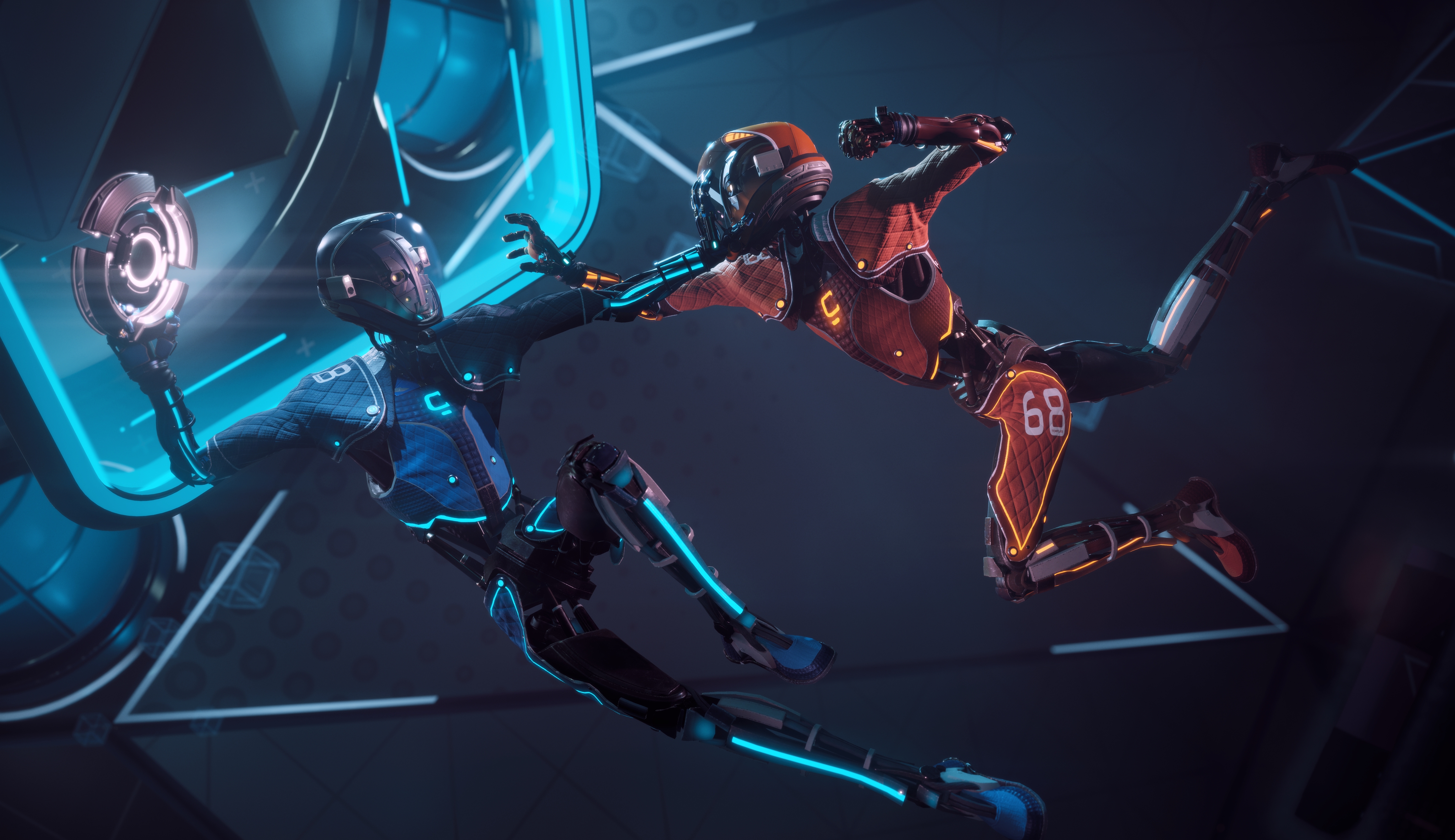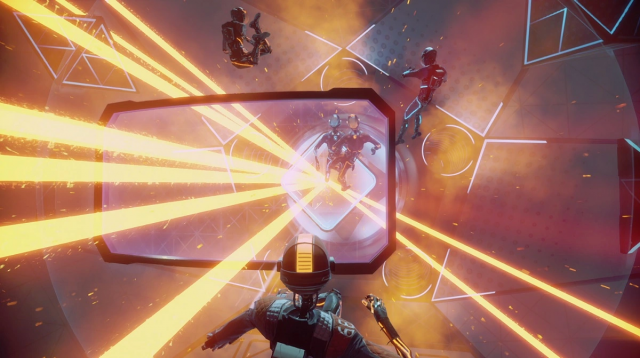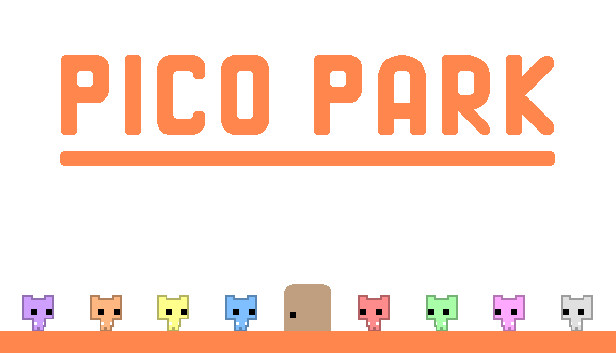
Introduction
Pico Park is a co-op, multiplayer 2D platform puzzle game developed by TECOPARK. The initial release of Pico Park for was in 2016 via the game retailer Steam, featuring local multiplayer game play. It was later released on June 8, 2019 for Nintendo Switch. In 2021, the game was updated to add online multiplayer features to allow game play through an internet connection.
The Elemental Tetrad
Mechanics:
Being a 2D platform puzzle game, Pico Park emphasizes the usage of player movement to achieve the goal of clearing puzzles. There are only simple movements allowed, such as jumping, and WASD keyboard type movement. The core mechanic here is about movement, in coordination with the other players on your team to achieve the objective of acquiring a key and progressing to the end by opening a door.
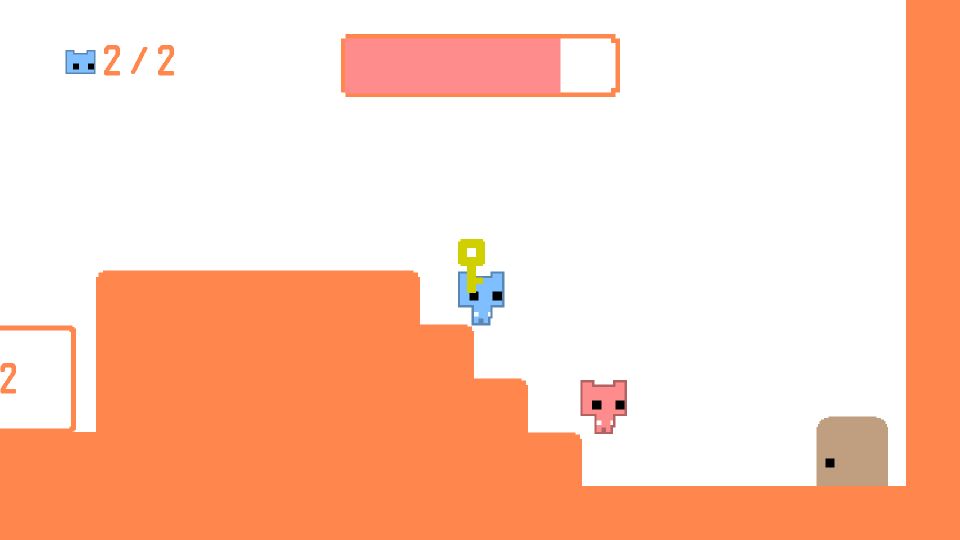
Most of the gameplay is pretty simple, but it requires players to work together by stacking each other up or by moving in unison.
The need for coordination is amplified by the number of ways in which a player could die, which will affect the gameplay and cause the level to restart.
Story
Honestly there is zero story involved with Pico Park. It is just a cute animation game for players to play together. As a player, you probably would not miss the storyline either, since it was not an open world concept to begin with.
Aesthetics:
It has pixel based animation art, which contributes to a sense of minimalism and nostalgia for the players. It also makes use of the fact that it is a 2D game, to evoke the memories of old games on consoles and Nintendo DS.
This reminds players of their childhood and makes it easy for everyone to jump on.
Technology:
The technology used here is online multiplayer through either Steam, or the local multiplayer mode with Nintendo Switch. The game was simple so it did not require much control or complex tech to support it. This contributed to the charm of the game as well.
Lenses
#6 problem solving
Being fundamentally a puzzle solving game, Pico Park attracted the type of players that usually would enjoy solving a hard problem or did not mind failing levels numerous times over. The exasperation of being unable to clear a level only accentuates the fun or the joy that the player feels when he/she finally clears a level.
Hence, it was important to introduce mechanics that were simple, so that the player can focus on the core gameplay, yet still
#16 THE PLAYER
This was a game suited to all types of players. The simple game mechanics is meant to be easy to teach and convince other players to join. Without this kind of simple game mechanics, Pico Park could easily scare novice players away. By using only the basic player movements, players would not avoid the game because of a lack of skill.
#37 cooperation
As previously noted, this game was meant to be played with friends so that you can strengthen your bonds. It could also be played with strangers, as the time or sensitive gameplay controls naturally causes people to lower their inhibition and pleasantries.
The tasks must be completed with the help of every player in the game, which contributes to the need for communication.
#52 puzzle
The puzzles that were created layered on the need for communication. For example, at certain levels, strings were added, connecting the players and allowed them to pull their fellow players by moving along. This helped them to drop players down to collect items, such as coins and keys. By doing so, they would be able to prevent their fellow players from dying and resetting the levels.
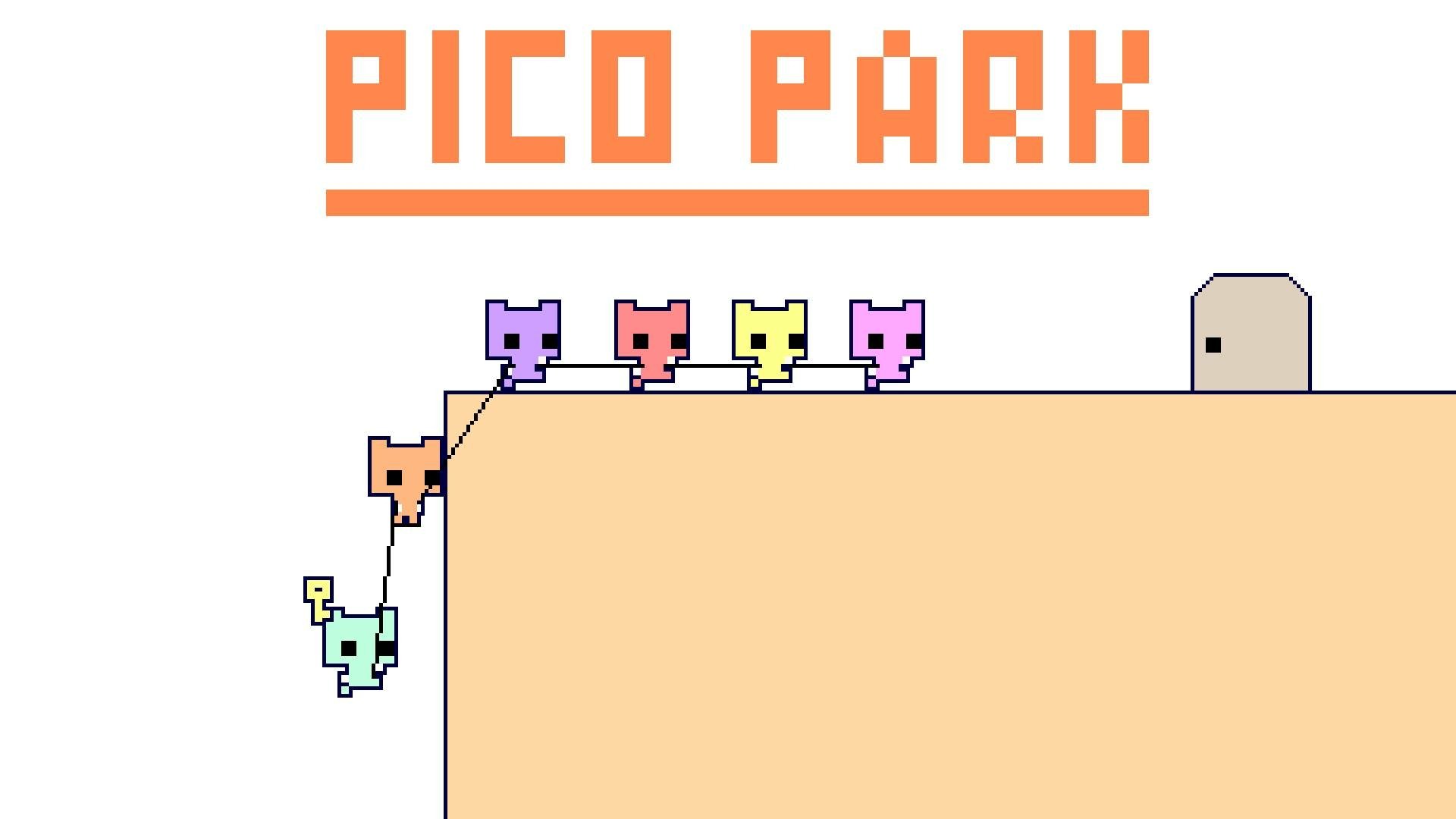
Conclusion
Pico Park is an extremely interesting and popular game, which fascinates me because it was clearly developed on a shoestring budget. It showed me that there isn’t a need to overspend, but there is a need to really focus on how the game mechanics work and how they come together to create a cohesive playing experience.
Here’s some extra gameplay demo:

